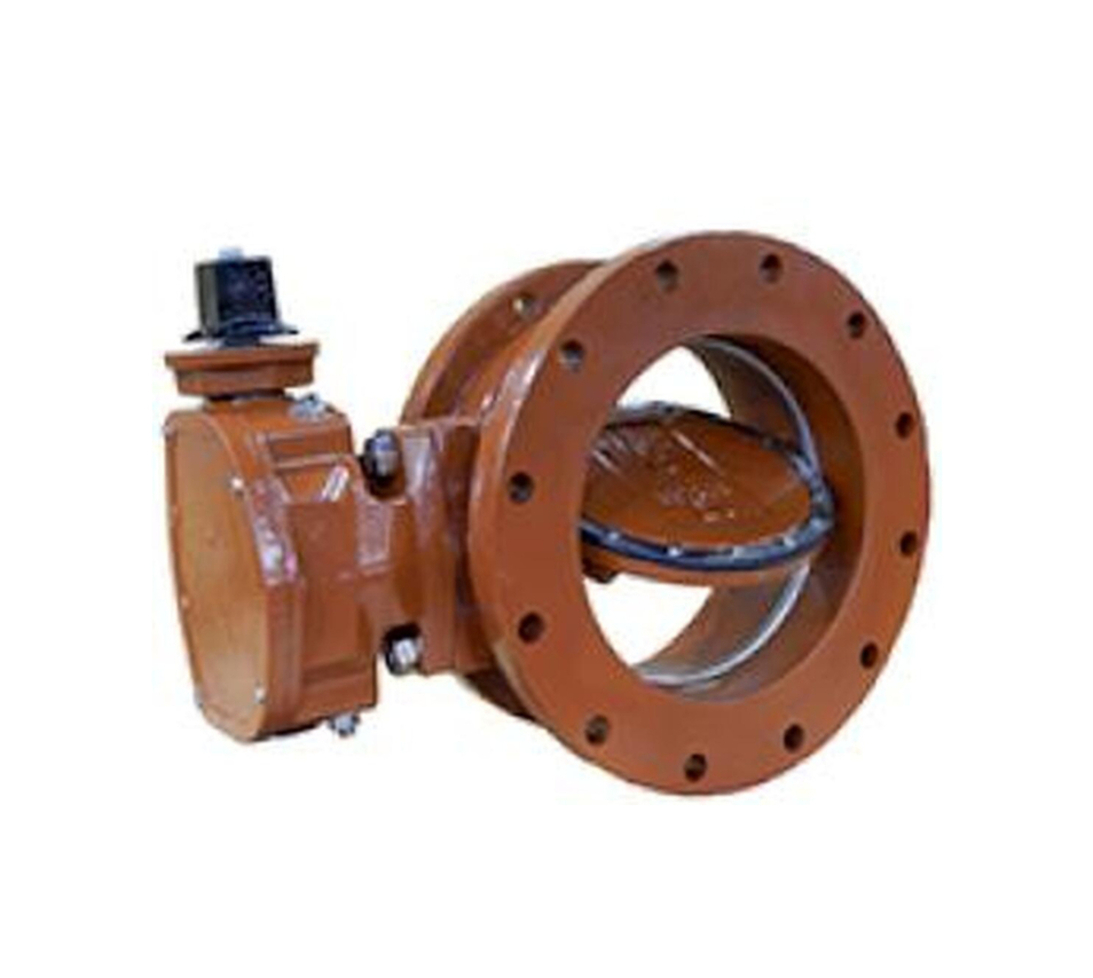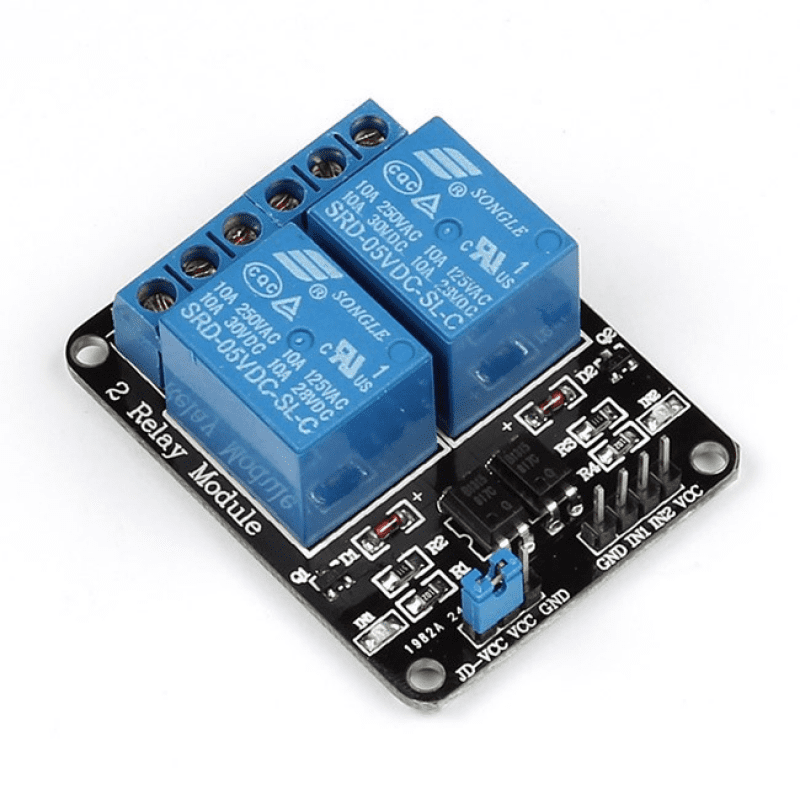In the intricate world of engineering, mechanical joints serve as the linchpin for assembling components in a myriad of structures and machinery. Understanding how mechanical joints work is crucial for engineers and enthusiasts alike. In this comprehensive exploration, we will delve into the intricacies of mechanical joints, unraveling their mechanisms, applications, and the pivotal role they play in ensuring the functionality and stability of diverse engineering systems.
I. Fundamental Principles: Decoding the Mechanics of Mechanical Joints
1. Contact and Motion:
At its core, a mechanical joint is a mechanism that connects two or more components, allowing for relative motion or rotation. The success of a mechanical joint lies in its ability to transmit forces, moments, and motion effectively while maintaining the integrity of the connected parts.
2. Types of Mechanical Joints:
Mechanical joints come in various forms, each tailored to specific applications. These include but are not limited to hinges, sliders, ball and socket joints, and gear connections. The choice of joint type depends on factors such as the required range of motion, load-bearing capacity, and environmental conditions.
II. Components of Mechanical Joints: Building the Connection
1. Fasteners and Couplings:
Fasteners, such as bolts, screws, and rivets, play a vital role in many mechanical joints, providing a secure and reversible connection. Couplings, on the other hand, are components that link shafts together, transmitting torque and motion. Together, these elements form the foundation of robust mechanical connections.
2. Bearings and Bushings:
In joints that involve rotational motion, bearings and bushings are crucial components. Bearings reduce friction and enable smooth rotation, while bushings provide support and reduce wear. The selection of the appropriate bearing or bushing depends on factors like load capacity, speed, and environmental conditions.
III. Working Principles: How Mechanical Joints Transmit Forces
1. Load Distribution:
Mechanical joints are designed to distribute loads efficiently. Understanding the load distribution mechanism is crucial for engineers to ensure that stress is evenly distributed across the connected components, preventing localized points of failure.
2. Torque Transmission:
In joints that involve rotational motion, such as shaft couplings, torque transmission is a critical aspect. The design of these joints must account for factors like the magnitude of torque, alignment, and angular displacement to ensure reliable torque transmission.
IV. Applications Across Industries: Diverse and Dynamic
1. Automotive Engineering:
In the automotive industry, mechanical joints are ubiquitous, connecting various components such as suspension systems, steering mechanisms, and drivetrains. The precise design of these joints is crucial for vehicle performance, safety, and durability.
2. Machinery and Robotics:
In machinery and robotics, mechanical joints are the backbone of articulation and movement. From robotic arms to conveyor systems, the proper functioning of mechanical joints is essential for achieving precision and efficiency in manufacturing and automation.
V. Challenges and Innovations: Paving the Way Forward
1. Wear and Fatigue:
Mechanical joints are susceptible to wear and fatigue over time, especially in high-stress applications. Engineers continually strive to address these challenges through innovative materials, lubrication strategies, and predictive maintenance techniques.
2. Smart Joints and Industry 4.0:
The integration of sensors and smart technologies is revolutionizing mechanical joints. Industry 4.0 initiatives aim to create intelligent joints that can monitor their own performance, detect anomalies, and communicate maintenance needs, ushering in a new era of efficiency and reliability.
VI. Conclusion: The Art and Science of Mechanical Joints
In conclusion, the functioning of mechanical joints is a delicate interplay of engineering principles, materials science, and innovative design. Engineers and enthusiasts alike can appreciate the complexity and importance of these joints in creating structures and systems that drive progress across various industries. This exploration serves as a gateway into the art and science of mechanical joints, unlocking their precision and significance in the vast landscape of engineering.


